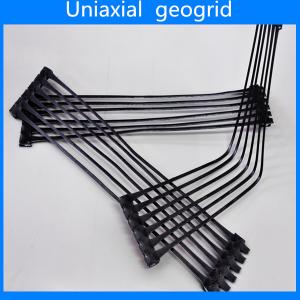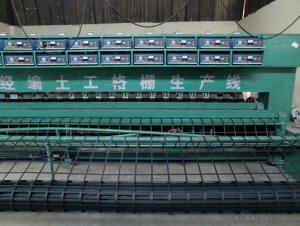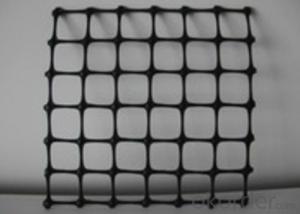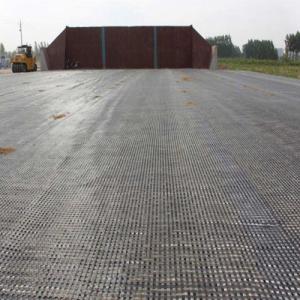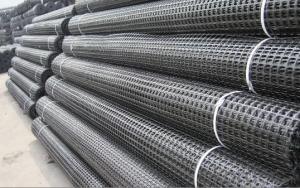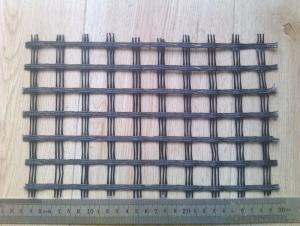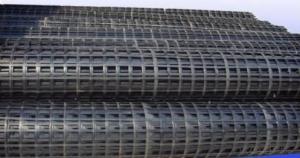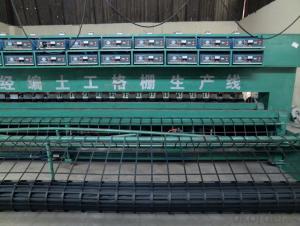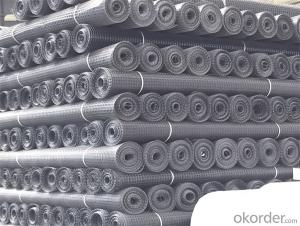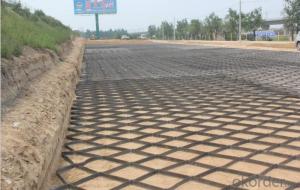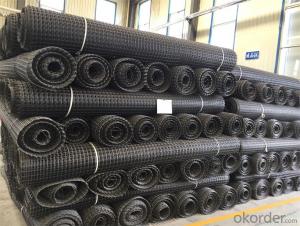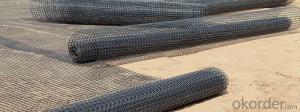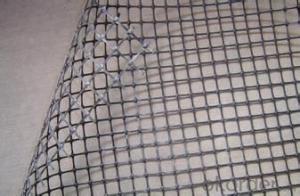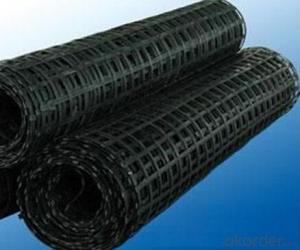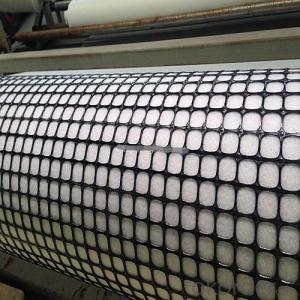Triax Geogrid Tx160
Triax Geogrid Tx160 Related Searches
Triax Tx160 Geogrid Tensar Triax Geogrid Tx160 Tensar Triax Tx160 Geogrid Geogrid Tx160 Tx160 Triaxial Geogrid Triax 160 Geogrid Tensar Tx160 Geogrid Tensar Triax 160 Geogrid Tensar Triax Tx170 Geogrid Tensar Triax Tx140 Geogrid Tx160 Geogrid Price Triax Tx Geogrid Tensar Triax Tx 140 Geogrid Tensar Tx160 Geogrid Price Geogrid Tx150 Tensar Triax Tx130s Geogrid Geogrid Tx140 Tensar Triax 160 Geogrid Price Tx150 Geogrid Tx170 Geogrid Tensar Triax Tx160 Price Tensar Tx140 Geogrid Tensar Geogrid Tx140 Triax Geogrid Geogrid Triax Tensar Triax Tx7 Geogrid Tx 140 Geogrid Triax 160 Tensar Triax Tx5 Geogrid Tx 130 GeogridTriax Geogrid Tx160 Supplier & Manufacturer from China
Triax Geogrid Tx160 is a high-performance geosynthetic product designed for soil reinforcement and stabilization in various civil engineering applications. This product is engineered to enhance load distribution, reduce soil deformation, and increase overall structural integrity. It is widely used in applications such as road construction, slope protection, and retaining walls, where soil stabilization and reinforcement are critical for the success of the project. The unique properties of Triax Geogrid Tx160 make it an ideal choice for projects that require enhanced load-bearing capabilities and improved soil behavior.In various construction and engineering projects, the use of Triax Geogrid Tx160 has proven to be highly effective in providing the necessary soil reinforcement and stabilization. This product is particularly beneficial in situations where soil conditions are poor or where heavy loads need to be supported. By incorporating Triax Geogrid Tx160 into the project, engineers can ensure that the soil structure remains stable and resilient, even under challenging conditions. This not only improves the longevity of the project but also contributes to overall safety and efficiency.
As a leading wholesale supplier, Okorder.com offers a vast inventory of Triax Geogrid Tx160, ensuring that customers have access to the product they need for their projects. With a commitment to quality and customer satisfaction, Okorder.com is a reliable source for purchasing Triax Geogrid Tx160. This allows customers to focus on their projects without worrying about the availability or quality of the geogrid product. By partnering with Okorder.com, customers can be confident that they are receiving a high-quality product that will meet their project requirements and contribute to the overall success of their endeavors.
Hot Products


